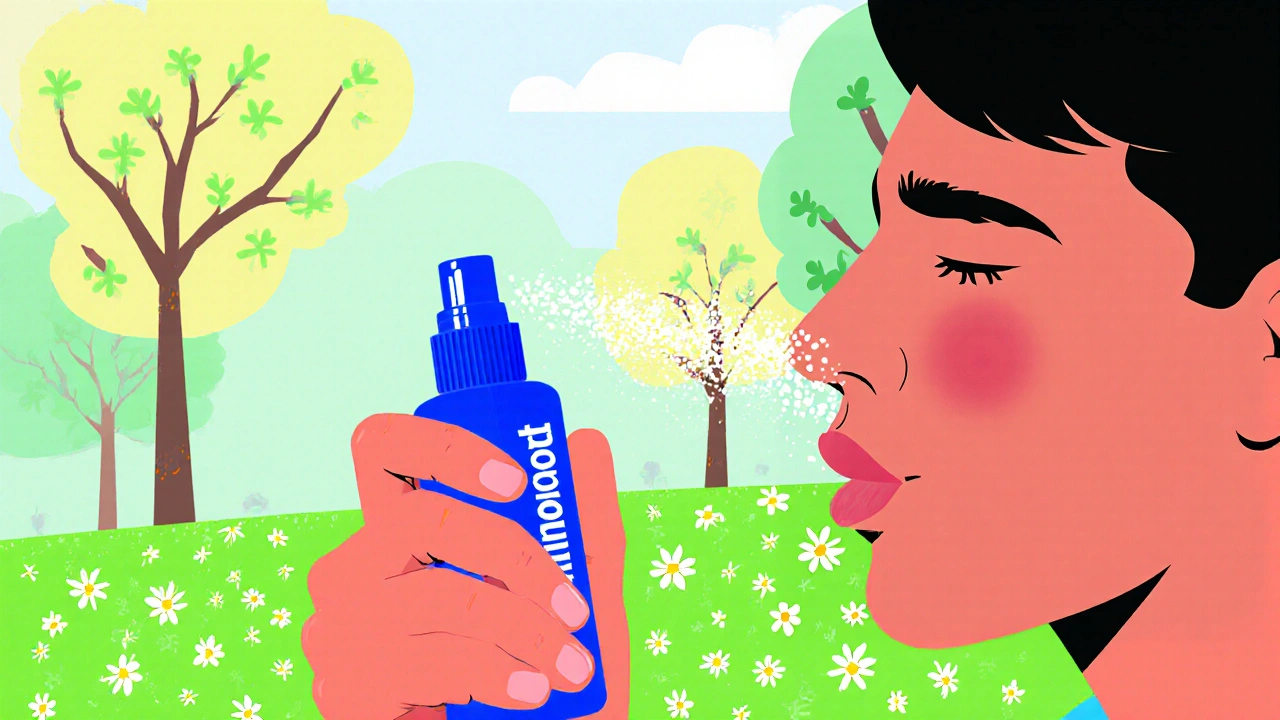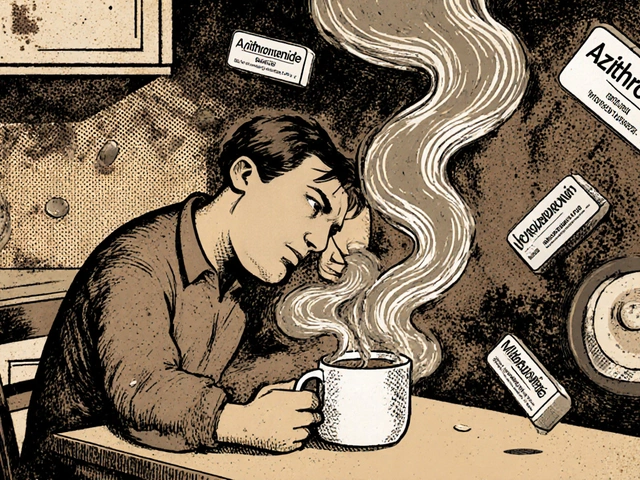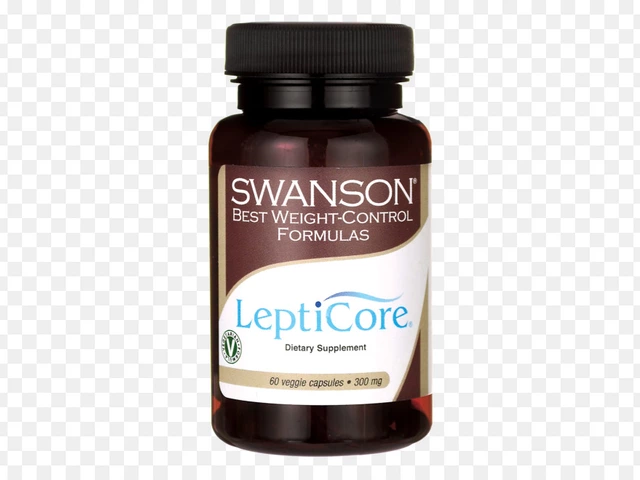Rhinocort (Budesonide) vs Other Nasal Sprays: Pros, Cons & Best Alternatives
Nasal Spray Comparison Tool
Your Allergy Profile
Recommended Spray
is your top match
Why it matches your needs
Key considerations
How This Compares
Onset of relief
Dosing frequency
Prescription status
If you’ve tried Rhinocort for hay fever, you probably wonder how it stacks up against other nasal sprays.
What is Rhinocort (Budesonide)?
Rhinocort (Budesonide) is a prescription nasal spray that delivers the corticosteroid budesonide directly to inflamed nasal tissue. The formulation reduces swelling, nasal congestion, and sneezing by calming the immune response in the nasal passages. Budesonide was first approved for inhalation in the early 1990s and later adapted for nasal use, giving doctors a targeted option for allergic rhinitis.
Why Compare Nasal Sprays?
Allergic rhinitis affects up to 30% of adults in the UK, and over‑the‑counter options flood the market. Picking the right spray means balancing effectiveness, side‑effects, cost, and convenience. A side‑by‑side look helps you avoid trial‑and‑error, especially if you’ve already tried one product without relief.
Key Players on the Market
The most common alternatives to Rhinocort include:
- Flonase (fluticasone propionate) - an OTC steroid spray popular in the US, now available in some UK pharmacies.
- Nasacort (triamcinolone acetonide) - another OTC option, often praised for its gentle scent.
- Nasonex (mometasone furoate) - a prescription spray with a long‑lasting effect.
- Dymista (azelastine + fluticasone) - combines an antihistamine with a steroid for dual action.
- Rhinocort Aqua - a suspension version of budesonide that some patients find easier to spray.
- Cetirizine tablets - oral antihistamines used when a spray isn’t enough.
- Saline nasal spray - a non‑medicated rinse that can be paired with any steroid spray.
How the Sprays Differ - A Quick Comparison
| Brand | Active Ingredient | Prescription? | Onset of Relief | Dosing Frequency | Typical Side Effects |
|---|---|---|---|---|---|
| Rhinocort | Budesonide 64 µg per spray | Yes (UK) | 2-3 days | 1‑2 sprays per nostril daily | Dryness, occasional nosebleeds |
| Flonase | Fluticasone propionate 50 µg per spray | No (OTC) | 1-2 days | 2 sprays per nostril daily | Throat irritation, mild headache |
| Nasacort | Triamcinolone acetonide 55 µg per spray | No (OTC) | 2-4 days | 2 sprays per nostril daily | Dry nose, occasional cough |
| Nasonex | Mometasone furoate 50 µg per spray | Yes (prescription) | Within 24 hours | 1‑2 sprays per nostril daily | Nasopharyngitis, epistaxis |
| Dymista | Azelastine 137 µg + Fluticasone 50 µg per spray | Yes (prescription) | Immediate (antihistamine) + 1‑2 days (steroid) | 1 spray per nostril twice daily | Bad taste, bitter after‑taste, nosebleeds |
| Rhinocort Aqua | Budesonide 64 µg per spray (suspension) | Yes (UK) | 2-3 days | 1‑2 sprays per nostril daily | Similar to Rhinocort, sometimes more watery discharge |
Effectiveness: Do Steroids Differ That Much?
Clinical studies show that budesonide, fluticasone, and mometasone all reduce nasal congestion by roughly 30‑40% compared with placebo after two weeks of use. The differences are usually not dramatic; personal tolerance and device design often decide the winner.
One 2023 double‑blind trial (n=312) compared budesonide (Rhinocort) with fluticasone (Flonase). Both groups reported similar Nasal Symptom Scores, but the budesonide group noted fewer throat irritations. This suggests that while potency is comparable, side‑effect profiles can tilt preference.
Safety Profile: What to Watch For
All intranasal steroids share a low systemic absorption rate (< 0.1%). Still, prolonged high‑dose use can suppress the adrenal axis, especially in children. For most adults, using the recommended dose (< 400 µg per day) stays well within safe limits.
Common local side effects include:
- Dryness or burning sensation - often mitigated with saline sprays.
- Nosebleeds - reduce dose or switch to a milder formulation like Nasacort.
- Altered taste - more frequent with combined products like Dymista.
If you experience persistent headaches, vision changes, or severe epistaxis, contact a GP promptly.
Cost and Accessibility in the UK
Prescription safety-net pricing puts Rhinocort and Nasonex at roughly £5‑£7 per 30‑day supply for eligible patients. OTC options like Flonase and Nasacort cost about £12‑£15 for the same period, though they can be bought without a doctor’s visit.
Online pharmacies sometimes offer bulk discounts, but always verify they are registered with the General Pharmaceutical Council (GPhC). Low‑cost generics are not available for budesonide nasal spray yet, unlike inhaler versions.

Choosing the Right Spray for Your Lifestyle
Here’s a quick decision guide:
- Need a prescription and want proven safety? Stick with Rhinocort or Nasonex.
- Prefer an OTC product for occasional use? Flonase or Nasacort work well.
- Struggle with both congestion and itching? Dymista’s combo may give faster relief.
- Looking for a budget‑friendly routine? Pair a cheap saline rinse with a low‑dose OTC steroid.
Remember, consistency matters. Sprays need at least a few days of daily use before you’ll notice the full benefit.
Bottom Line - Is Rhinocort Worth It?
Rhinocort delivers a reliable dose of budesonide with a side‑effect profile that many users find milder than fluticasone or mometasone. If you already have a prescription, it’s a solid first‑line choice. For those who can’t get a prescription, Flonase and Nasacort provide comparable relief at a higher out‑of‑pocket cost.
Ultimately, the “best” spray hinges on three factors: how your nose reacts to the propellant, whether you need extra antihistamine action, and your wallet. Trying a short trial of one alternative (e.g., Flonase) alongside a saline rinse can tell you if you truly need to switch.
Frequently Asked Questions
Can I use Rhinocort and an oral antihistamine together?
Yes. Combining a nasal steroid with an oral antihistamine like cetirizine can target both nasal inflammation and systemic allergy symptoms. Just follow dosing instructions for each and watch for increased drowsiness.
How long does it take for Rhinocort to start working?
Most users notice reduced congestion within 48‑72 hours, but full symptom control may take up to one week of consistent use.
Is it safe to use Rhinocort while pregnant?
Budesonide is classified as Pregnancy Category B in the UK, meaning animal studies show no risk but human data are limited. Discuss with your obstetrician before starting.
Can I switch from Rhinocort to an OTC spray without a break?
Yes, you can transition directly. Begin the new spray at the recommended dose while tapering off Rhinocort over a few days to avoid a sudden drop in steroid coverage.
What should I do if I get a nosebleed from using Rhinocort?
Pause the spray for a day, apply a thin layer of petroleum jelly inside the nostrils, and use a saline rinse. If bleeding persists, see a GP.






11 Comments
barnabas jacob
October 20 2025Yo, this spray is just another pharma cash grab, lol.
jessie cole
October 26 2025Dear reader, let us recognize that navigating nasal therapeutics can be a daunting journey; however, your perseverance is commendable. Embrace the process with patience, and you shall witness the gradual triumph of relief.
Kirsten Youtsey
November 2 2025One must ponder whether the pharmaceutical conglomerates are not merely peddling a sanitized guise of health while colluding with hidden agencies to manipulate our nasal mucosa. The very branding of Rhinocort appears as an orchestrated veil, concealing the true agenda beneath a veneer of clinical legitimacy.
Matthew Hall
November 8 2025Honestly, the conspiratorial narrative you spin sounds like a late‑night thriller, but the reality is simpler: you just need a spray that doesn’t make your nose feel like a desert. Still, if the shadowy pharmas are pulling strings, maybe we should all start inhaling air freshener instead.
Vijaypal Yadav
November 14 2025From a pharmacokinetic perspective, budesonide exhibits a low systemic bioavailability due to extensive first‑pass hepatic metabolism, which is why intranasal administration minimizes endocrine impact. Clinical guidelines recommend an upper limit of 400 µg per day to avoid adrenal suppression.
Ron Lanham
November 20 2025When evaluating intranasal corticosteroids, it is essential to consider both the pharmacodynamic potency and the formulation's delivery mechanism. Budesonide, the active ingredient in Rhinocort, possesses a molecular weight that facilitates adequate mucosal penetration while maintaining a favorable safety profile. Compared to fluticasone, budesonide demonstrates a slightly lower affinity for the glucocorticoid receptor, which may translate into a marginally reduced incidence of throat irritation, as observed in head‑to‑head trials. Nevertheless, both agents achieve comparable reductions in nasal symptom scores after a two‑week treatment course. The device design also plays a crucial role; Rhinocort’s spray pump delivers a consistent plume, reducing inter‑patient variability. Patients who experience dryness or minor epistaxis can mitigate these effects by employing a saline rinse before and after administration. Moreover, the onset of relief for budesonide typically manifests within 48‑72 hours, aligning with the therapeutic expectations for intranasal steroids. From a cost perspective, prescription coverage under the NHS yields a lower out‑of‑pocket expense than over‑the‑counter alternatives, though the convenience factor may sway some individuals toward OTC options. It is worth noting that adherence remains the cornerstone of efficacy; sporadic use diminishes the anti‑inflammatory benefits regardless of the chosen molecule. For individuals with concomitant allergic conjunctivitis, a combination product such as Dymista may offer superior symptom control by integrating an antihistamine component. However, the added preservatives in combination sprays occasionally precipitate a bitter after‑taste, which can be off‑putting for sensitive users. In pediatric populations, the lower systemic absorption of budesonide renders it a preferred agent, provided dosing is appropriately calibrated. Finally, clinicians should remain vigilant for signs of adrenal axis suppression in patients requiring high‑dose or prolonged therapy, especially in the context of comorbid inhaled corticosteroid use for asthma. In summary, Rhinocort stands as a robust first‑line option, balancing efficacy, tolerability, and cost, while alternative agents may be selected based on individual patient preferences, device ergonomics, and specific symptom profiles.
Andrew Hernandez
November 27 2025Great overview, appreciate the balanced take.
Sebastian Green
December 3 2025I hear you on the long review. It can feel overwhelming, but the key is consistency-using the spray daily as directed really makes the difference.
Wesley Humble
December 9 2025While the exhaustive analysis is commendable, one must also question the marginal clinical significance of a few percentage points in symptom reduction. 🤔 In practice, patient preference often outweighs statistical nuance.
Deja Scott
December 15 2025Your supportive tone is refreshing; it’s helpful to see the encouraging side of treatment choices.
Natalie Morgan
December 22 2025Interesting point about device design; ergonomics can really affect adherence, especially for users with limited dexterity.